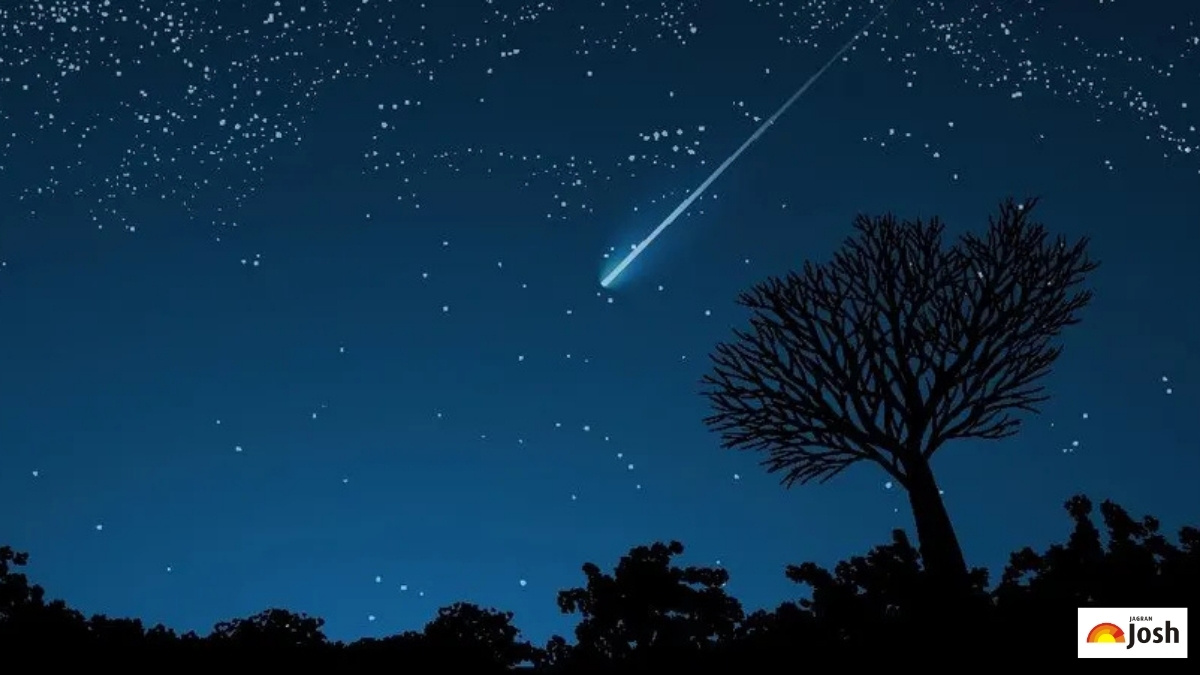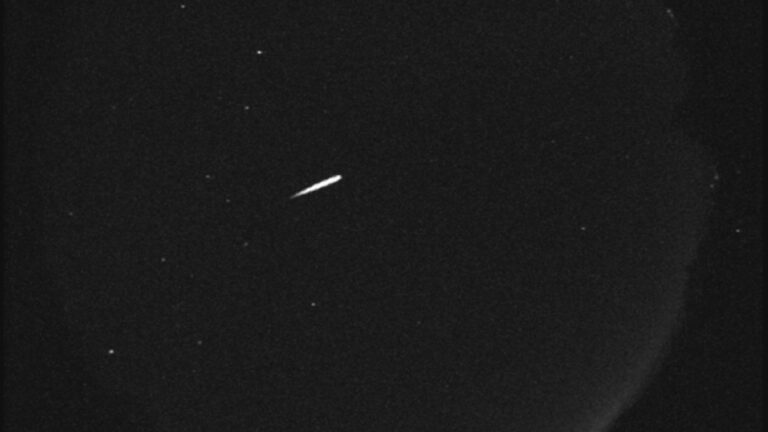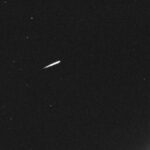Draconids Meteor Shower 2025: The upcoming meteor shower is the result of Earth traversing through the remnants of comet 21P/Giacobini-Zinner. Scheduled to take place from October 6 to 10, 2025, it offers an exciting opportunity for skywatchers. If you’ve ever found yourself missing a meteor shower due to their typical late-night peaks around 2 a.m., you are certainly not alone. Fortunately, the Draconid Meteor Shower is set to reach its peak on October 9-10, 2025. This event will be visible across the United States, and what makes it particularly special is that it peaks during the evening hours, specifically between 7 p.m. and 10 p.m. local time. This early timing is perfect for families and casual observers who prefer not to stay up late into the night.
Keep an eye on the night sky in October—you might catch a falling star!
The Orionid meteor shower reaches its peak on the night of Oct. 21-22, and the Draconids will also be visible earlier in the month. Check out what else to watch out for: pic.twitter.com/JlRSzHUlbA
— NASA (@NASA) September 30, 2025
Whether you’re situated on the East Coast, the West Coast, or anywhere in between, the Draconids are among the most accessible meteor showers of the year for viewers throughout the United States.
To witness these shooting stars, simply locate a dark area with a clear view to the north shortly after sunset.
This meteor shower is regarded as one of the most approachable events of the year for American skywatchers, making it a delightful experience for families before bedtime.
What Makes the Draconids Special for U.S. Stargazers?
In contrast to most meteor showers that require staying awake past midnight, the Draconids peak shortly after sunset, typically occurring between 7 p.m. and 10 p.m. local time. This timing is especially beneficial for families with young children, early risers, and casual stargazers who prefer an earlier outing.
The Draconids originate from debris left by comet 21P/Giacobini-Zinner, and they are known for delivering occasional surprises. Let’s delve into the unique aspects of the Draconids in the table below:
Feature | Why It’s Unique for U.S. Stargazers |
Evening Peak | Visible from 7 p.m. to 10 p.m. local time, making late-night stargazing unnecessary |
Moderate Average Rate | Generally offers 5-10 meteors per hour, perfect for relaxed viewing |
Occasional Meteor Storms | Infrequent but remarkable bursts (e.g., the 2011 storm with over 600 meteors per hour) |
Radiant in Draco | Positioned high in the northern sky, making it easy to view in the early evening |
Family-Friendly | Perfect for audiences of all ages, thanks to early timing and gentle meteor rates |
(Source: NASA Science and American Meteor Society)
Ideal Viewing Locations in the U.S.
Since the Draconids originate from the northern constellation Draco, they are best observed from the Northern Hemisphere, which makes the continental U.S. a prime viewing area. Here are some top locations within the U.S. to catch the spectacle:
Joshua Tree National Park, California: This dark-sky destination is perfect for those on the West Coast.
Great Smoky Mountains, Tennessee/North Carolina: This area is scenic, elevated, and has low light pollution.
Badlands National Park, South Dakota: Offers vast, open skies with minimal interference from artificial light.
Acadia National Park, Maine: A hidden gem for stargazing on the East Coast.
Note: If you find yourself in a city, you can still catch a few meteors from your backyard; just look for a dark area away from streetlights and allow your eyes to adjust to the darkness. |
Meteor Shower Tailored for the U.S.
This meteor shower aligns perfectly with American lifestyles. Many popular meteor showers, such as the Perseids or Geminids, peak during inconvenient hours, making it challenging for those with early workdays, kids, or simply not enough energy to stay awake late. The Draconids, however, present a rare opportunity for “cosmic wonder before bedtime.”
In a country that appreciates family-friendly activities, outdoor adventures, and hands-on science experiences, the Draconids check all the boxes. This meteor shower serves as an excellent introduction for novices and families eager to ignite an interest in astronomy without the complications of late-night stargazing.
With vast portions of the U.S. boasting clear skies and accessible public lands, the Draconids offer a simple, cost-effective, and memorable way to connect with nature and the cosmos. For those unable to escape from city lights, NASA and the American Meteor Society frequently provide live streams and real-time updates on the shower.
Final Thoughts
Mark Your Calendars for the Draconids! On the evenings of October 9-10, 2025, take a moment to step outside and experience the Draconid Meteor Shower from anywhere in the U.S. For optimal viewing, seek out a dark location with a clear view of the northern sky and enjoy the celestial display! Stay tuned to NASA and the American Meteor Society for live updates and streaming coverage.
















